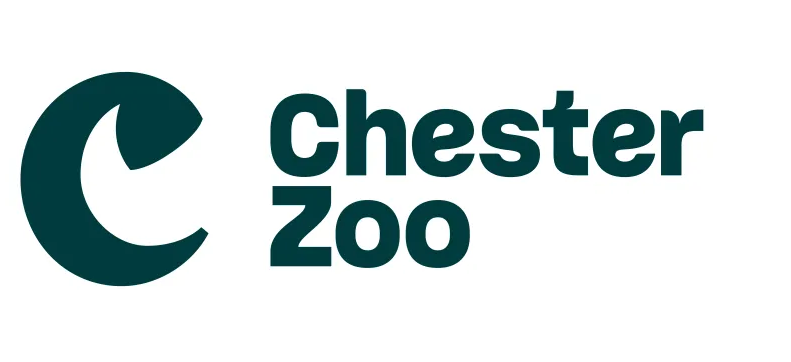Body condition scores in European zoo elephants (Elephas maximus and Loxodonta africana) – Status quo and influencing factors
DOI:
https://doi.org/10.19227/jzar.v6i3.355Abstract
Obesity is a common problem in captive elephants. Therefore, physical state monitoring presents a critical aspect in preventive elephant healthcare. Some institutions lack the equipment to weigh elephants regularly, so body condition scoring (BCS) is a valuable alternative tool. As yet, the BCS of both elephant species has not been assessed comprehensively for the European population. Using a previously validated visual BCS protocol, we assessed 192 African (Loxodonta africana) and 326 Asian elephants (Elephas maximus) living in European zoos (97% of the living European elephant population). The majority of elephants were in the upper score categories with 56% of adults assessed in the range 7-10 out of 10. Adult Asian elephants had significantly lower BCS (males: mean 6.2 ± 1.0, median 6.0, range 4-8; females: mean 6.6 ± 1.3, median 6.0, range 3-9) than African elephants (males: mean 6.7 ± 0.7, median 6.0, range 6-8; females: mean 6.9 ± 1.2, median 6.0, range 1-9). Comparison with samples of free-ranging populations (163 Asian elephants and 121 African elephants) revealed significantly lower scores in free-ranging elephants independent of species, age and sex category. Compared to previous reports from captive populations, the European zoo elephant population is nevertheless less obese. In adult Asian elephant females, BCS was significantly correlated to their breeding status with lower scores in current breeders; however, breeding status was also correlated to group size, enclosure size, and a diet with less vegetables. Further attention to zoo elephant weight management is recommended with regular longitudinal monitoring by body condition scoring.
Downloads
Published
How to Cite
Issue
Section
License
JZAR fulfils the DOAJ definition of open access and provides free and open access to the full text of all content without delay under a Creative Commons licence. The copyright holder of JZAR publications grants usage rights to third parties, allowing for immediate free access to the work and permitting any user to read, download, copy, distribute, print, search, or link to the full texts of articles.







